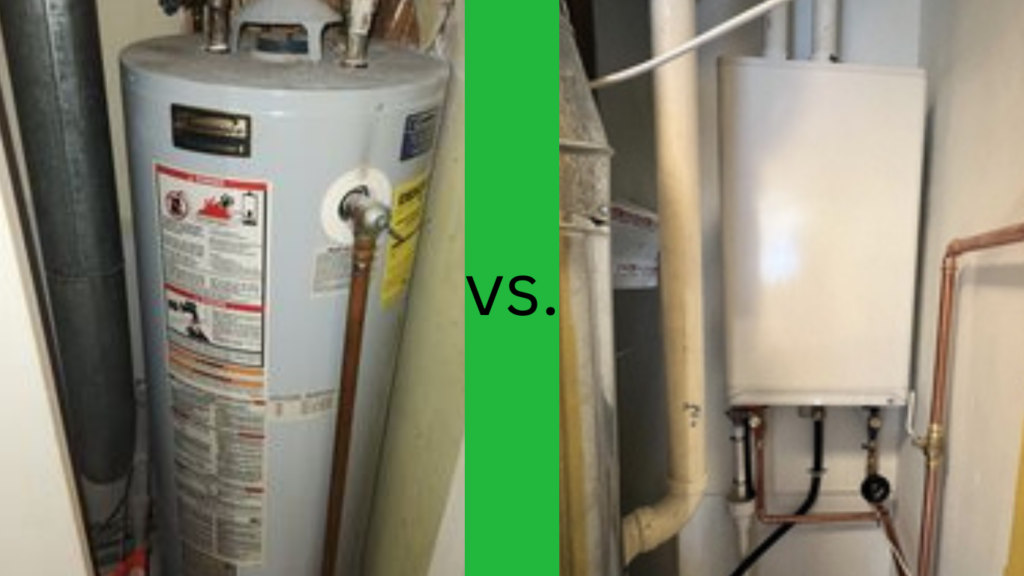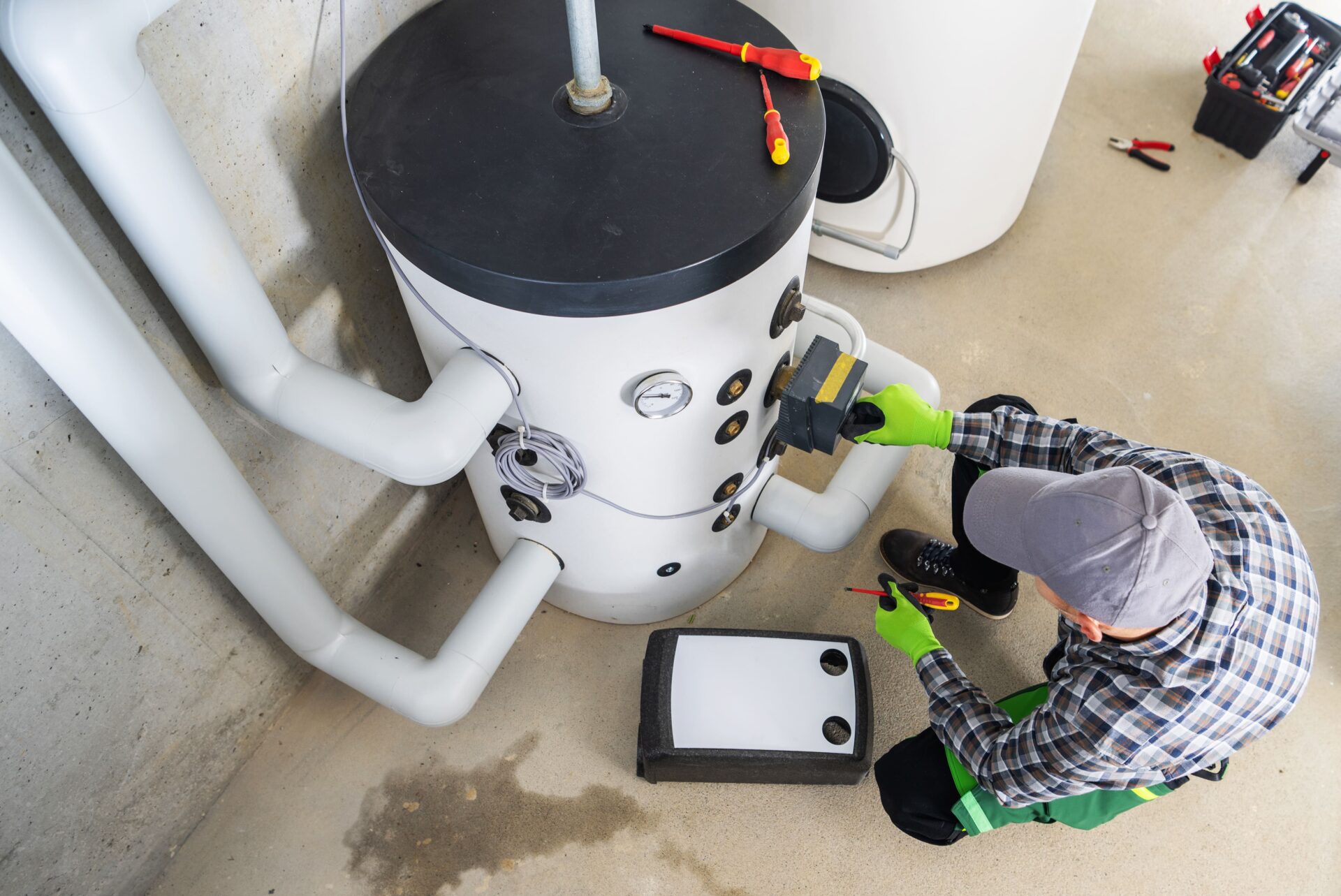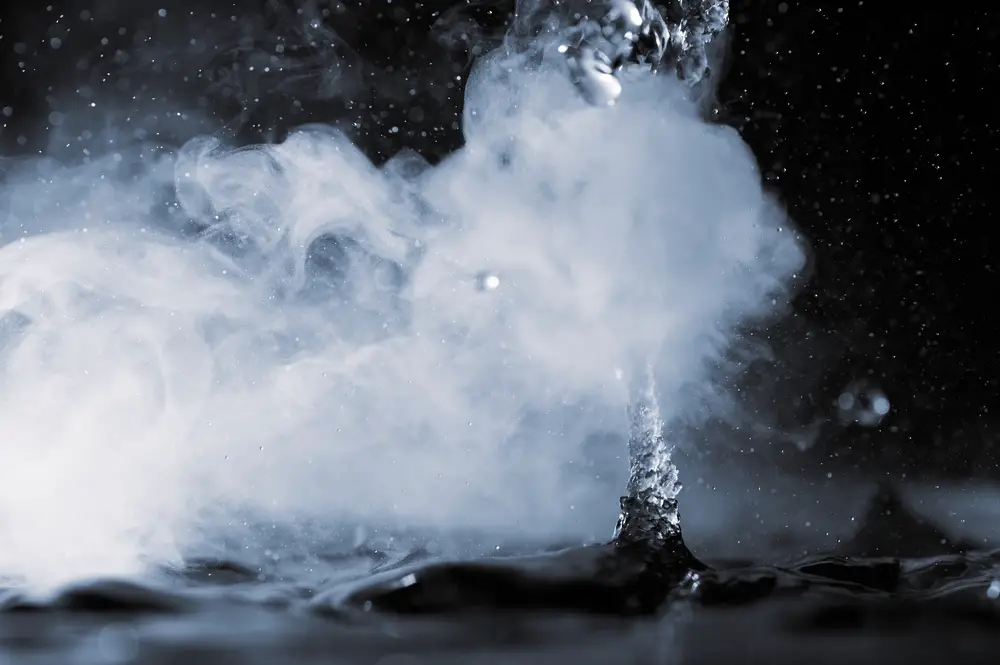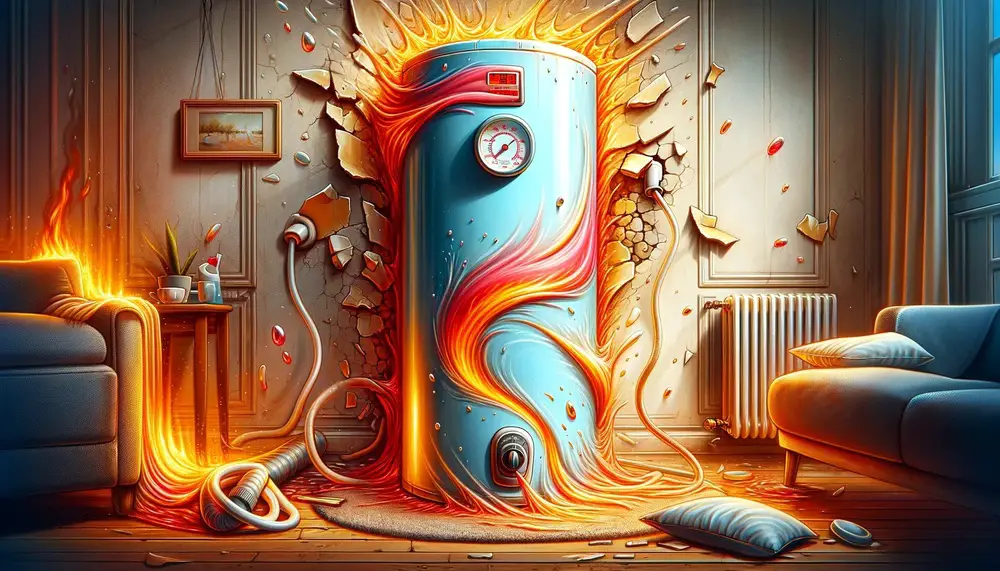Waking up to a cold morning, anticipating a hot shower, only to be met with icy water – it’s something many of us have faced. Cold showers, family fights over hot water, and unnecessary energy waste are all too familiar. End the suffering with a continuous supply of hot water without the limits of a conventional water heater.
What is a Tankless Water Heater?
Tankless or on-demand water heaters heat the water directly without a storage tank. When you turn on a hot water tap, cold water enters the unit and is heated by a gas burner. This provides a continuous supply of hot water when you want, without a standard tank. Since a tank is no longer needed, an on-demand water heater is compact and fits virtually anywhere.
How to Chose Between Standard and Tankless Water Heaters
When comparing a standard water heater and a tankless option, it’s important to realize both water heaters have their own strengths. Standard water heaters are a budget friendly option with the ability to provide hot water for shorts bursts until the tank capacity has been used. Standard water heaters will require time to reheat the water once the tank has been depleted. On the other hand, tankless on-demand water heaters provide a continuous supply of hot water over longer periods of time.
Is a Tankless Right for you?
Efficiency matters: Think of gallons per minute like miles per gallon for your car. The higher the Uniform Energy Factor (UEF) rating, the more efficient your water heater will be in converting energy to hot water. Standard water heaters have an efficiency rating around .58, but a tankless water heater can reach .96, saving you big on your energy bills.
Location: An on-demand tankless unit will need gas lines and electricity from a standard 120v plug. Most homes have access to both connections, but in some instances, modification or installation costs may apply. Have an evaluation scheduled to see what might be needed before committing to an installation.
Flow Rates: Knowing the amount of hot water needed and how often is key to picking the right tankless water heater. Average flow rates will help you figure out how much water is needed if each application is running at the same time. When in doubt, Stanley Heating Cooling and Plumbing will be able to advise you on what is needed.
Why Tankless water heaters are growing in popularity
Water heaters account for up to 18% for your home energy usage.
The average family of 4 will use approximately 60 gallons of hot water every day.
Tankless water heaters offer longer warranty coverage, up to 15 years, versus the 6 years of warranty coverage on a standard water heater.
Compact and flexible, tankless water heaters save space and fit any home.
Ready to say “Goodbye” to cold showers and “Hello” to endless hot water?
Stanley Heating Cooling and Plumbing is ready to help Dayton, Ohio make the decision on the best option for hot water.
Experience endless hot water, improved energy efficiency, and space savings with a tankless water heater. Our team of experts is here to guide you through the selection and installation process, ensuring you find the perfect system for your home.
Don’t wait—contact us today for a free consultation and discover the benefits of making the switch. Enjoy comfort and convenience with your new tankless water heater!






